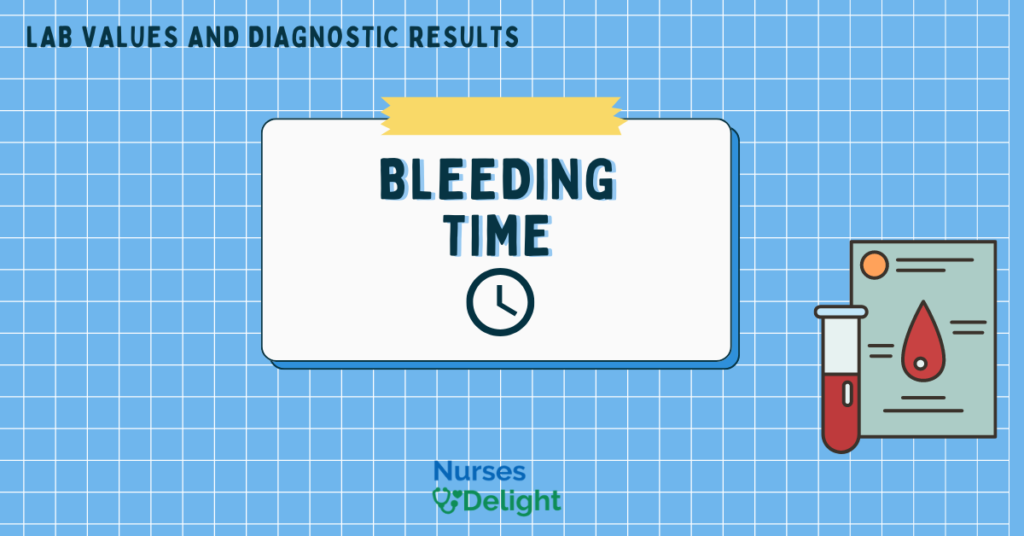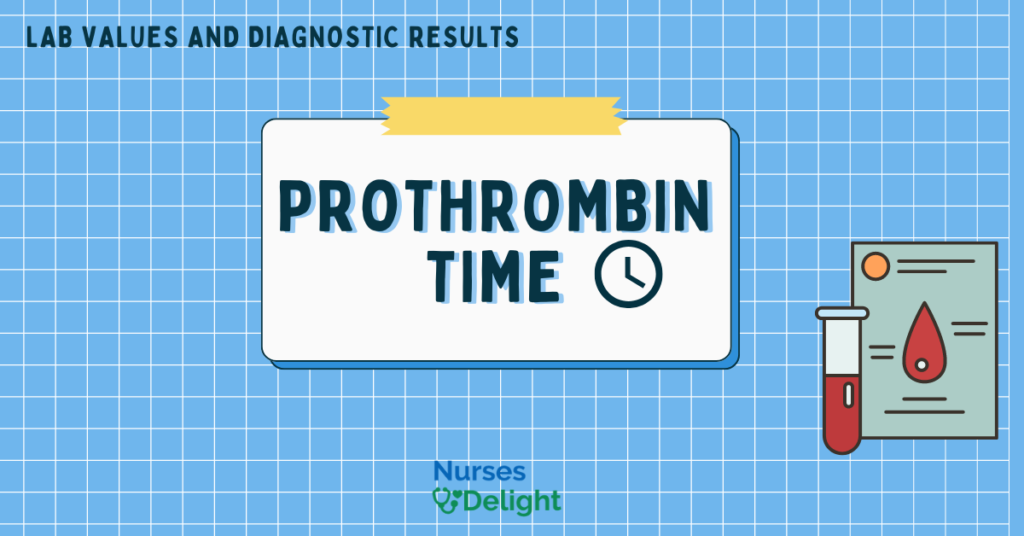Bleeding time is a test to assess the body’s ability to form a clot as well as platelet function. The test involves pricking a needle in a superficial area of the skin and monitoring the duration of time needed for bleeding to stop (i.e., the bleeding site turns “glassy”).
Bleeding time is done to assess the hemostatic function. However, this test does not predict excessive bleeding during a surgical procedure.
Normal Range
Duke method: 1 to 3 minutes
Ivy method: 3 to 6 minutes
Indications
- To assess platelet and capillary function
- To evaluate ecchymosis, unexplained bleeding or bruising, and tendency to bleed
- To screen for coagulopathy
Interpretation
It helps in assessment of platelet response to injury and vasoconstrictive ability.
Increased Levels
- Disseminated intravascular coagulation
- Clotting factor deficiency
- Bone marrow failure
- Severe liver disease
- Thrombocytopenia
- Uremia
- Von-Willebrand’s disease
- Capillary fragility
- Collagen vascular disease
- Connective tissue disorder
- Cushing’s Syndrome
- Hereditary telangiectasia
- Hypersplenism,
- Leukemia.
There are no decreasing factors.
Interfering Factors
- Drugs that may prolong bleeding time include acetylsalicylic acid, aminocaproic acid, ampicillin, asparaginase, carbenicillin, cefoperazone, cilostazol, dextran, diltiazem, ethanol, flurbiprofen, fluroxene, halothane, heparin, ketorolac, mezlocillin, mox-alactam, nafcillin, naproxen, nifedipine, nonsteroidal anti-inflammatory drugs, penicillin, piroxicam, plicamycin, propranolol, streptokinase, sulindac, ticarcillin, tolmetin, urokinase, valproic acid, and warfarin.
- Drugs that may decrease bleeding time include desmopressin and erythropoietin.
- The test should not be performed on patients who must be restrained, have excessively cold or edematous arms, have a platelet count less than 50,000/mm3, have an infectious skin disease, or cannot have a blood pressure cuff placed on the arm.
- There are slight differences in the disposable devices used to make the incision. Although the Mielke or Template bleeding time is believed to offer greater standardization to a fairly subjective procedure, both methods are thought to be of equal sensitivity and reproducibility.
Nursing Implications
Pretest
- Obtain a history of the patient’s complaints, including a list of known allergens.
- Obtain a history of the patient’s hematopoietic system, as well as results of previously performed tests and procedures.
- Obtain a list of the medications the patient is taking, including herbs, nutritional supplements, and nutraceuticals.
- Do not restrict food or fluid unless medically directed.
- The test should not be performed until a minimum of 10 days after the last dose of any medication containing acetylsalicylic acid.
- Review the procedure with the patient. Inform the patient that scarring, keloid formation, or infection may occur.
- Inform the patient that specimen collection takes approximately 2 to 15 minutes.
Intra-test
- Direct the patient to breathe normally and to avoid unnecessary movement.
- Ensure that the patient has complied with pretesting restrictions.
- Observe standard precautions of specimen collection.
- Place a blood pressure cuff on the arm above the elbow and inflate to 40 mm Hg. Cleanse the site with alcohol and wait until it is air-dry.
- Hold skin taut. Avoid superficial veins and use bleeding time device to make a parallel incision about 3 mm deep into the muscular outside area of the forearm distal to the antecubital fossa (in the direction of wrist to elbow).
- Start stopwatch immediately. At 30-second intervals, blot the incision site, in a clockwise
fashion, on the edge of a piece of filter paper. The test concludes when the bleeding stops or if bleeding continues longer than 15 minutes. - Bleeding time is determined by adding the total number of blots on the filter paper (30 seconds or 0.5 minutes.
Post-test
- Instruct the patient to resume usual medication as directed by the health care practitioner.
- Observe the incision site for bleeding. It may be necessary to place a dressing or butterfly bandage on the site after the test.
- Inform the patient with a bleeding disorder of the importance of taking precautions against bruising and bleeding. These precautions may include the use of soft-bristle toothbrush, use of an electric razor, avoidance of constipation, avoidance of acetylsalicylic acid and similar products, and avoidance of intramuscular injections.
- Evaluate test results in relation to the patient’s symptoms and other tests.
Related laboratory tests include clot retraction and platelet count.
References
- Fischbach F., Dunning M. [2015] A manual of laboratory and diagnostic test. 9th Ed. Wolters Kluwer Health. Lippincott Williams & Wilkins.
- Schnell B et al. [2003] Davis’s Comprehensive Laboratory and Diagnostic Test Handbook—with Nursing Implications. F. A. Davis Company Philadelphia.
- Castellone, D. [1999] Coagulation the good, the bad and the unacceptable. Advance for Medical Laboratory Professionals.
- Cavanaugh, B. [1999] Nurses’ Manual of Laboratory and Diagnostic Tests, ed 3. FA Davis, Philadelphia.



